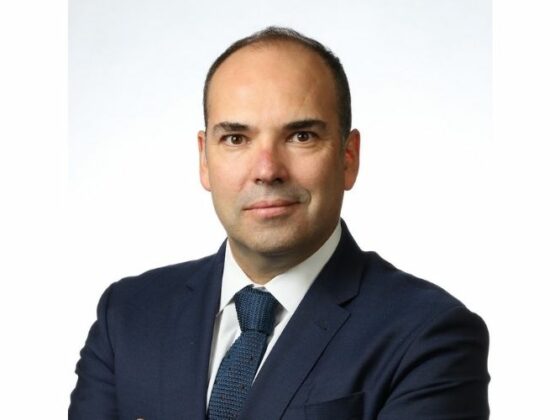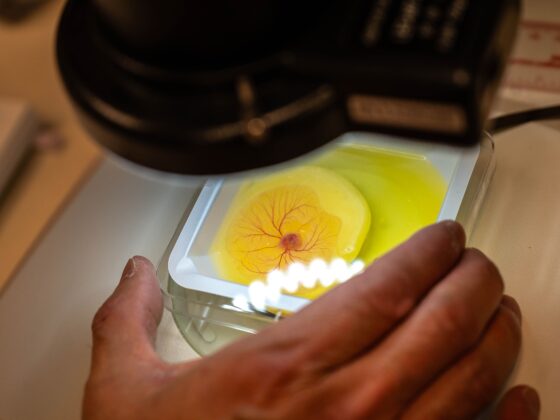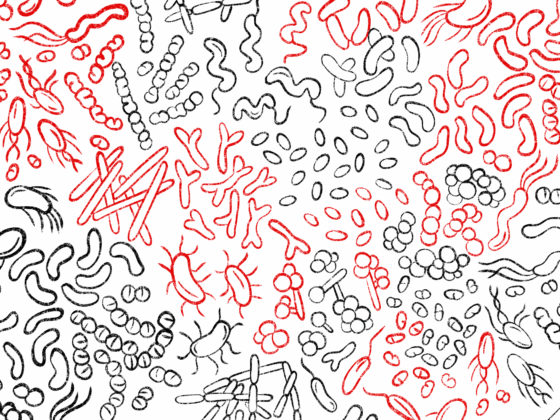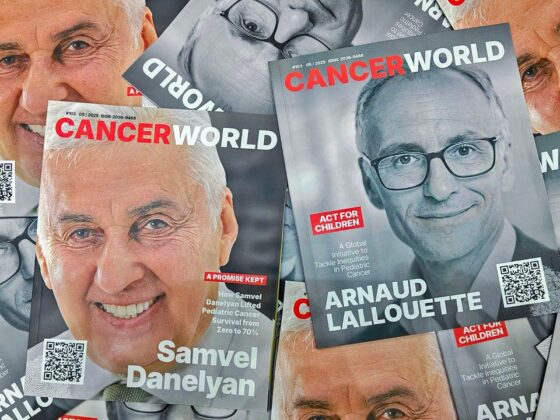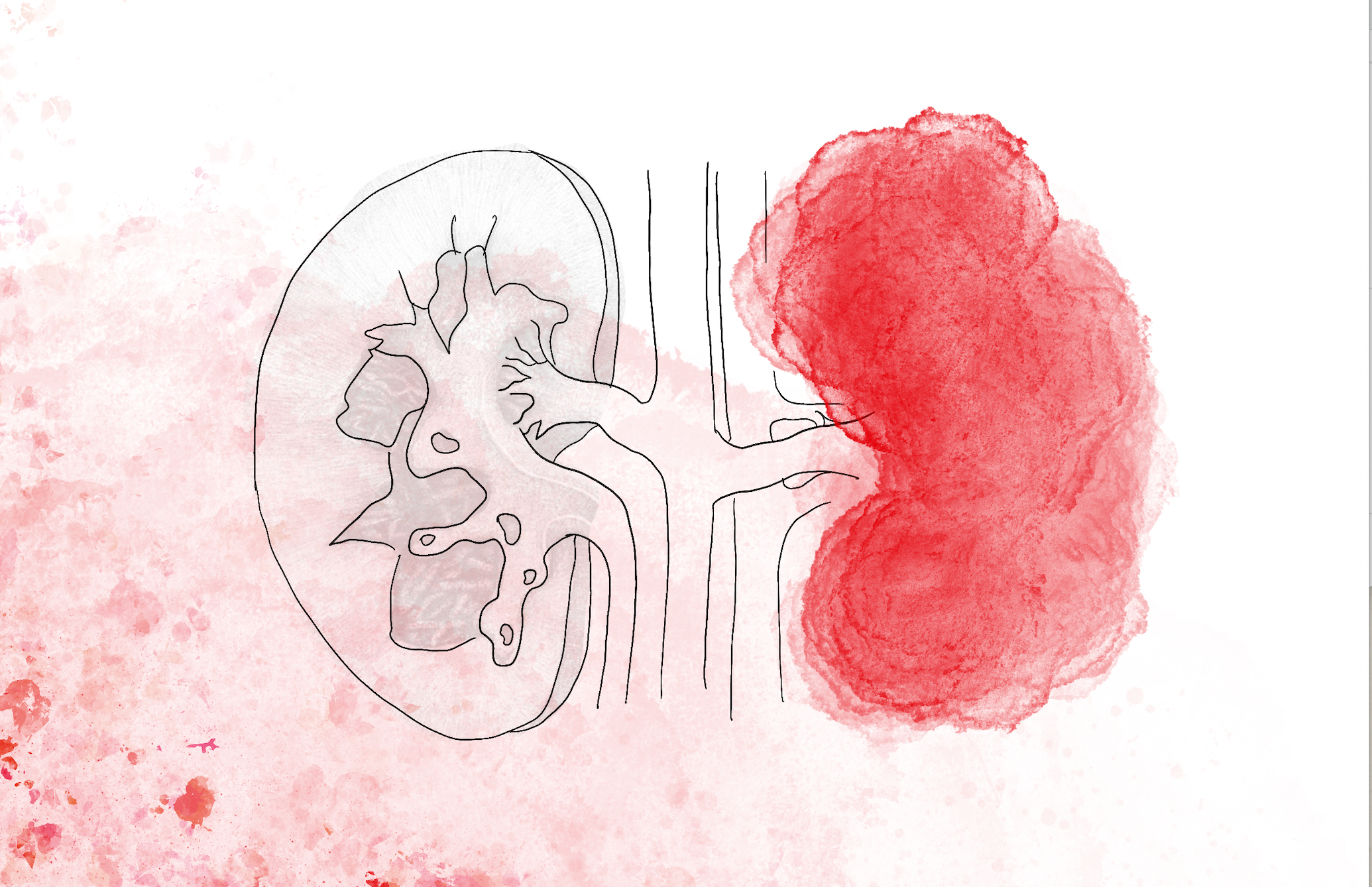Survivors of adult-onset cancers run a greater risk of developing and dying from subsequent primary cancers (SPCs) than the general population. The retrospective cohort study, reported in JAMA (December 22), found cancers associated with smoking or obesity comprised the majority of the secondary cancers.
“These findings reinforce the importance of coordinated efforts by primary care clinicians to mitigate the risks of SPCs through survivorship care, with greater focus on lifestyle factors, including smoking cessation, weight management, physical activity, and healthy eating as receipt of counselling or treatment (tobacco only) to aid the adoption of healthy habits,” says Ahmedin Jemal, the senior author.
For the study, Jemal, from the American Cancer Society (Atlanta, Georgia) and colleagues analysed data on nearly 1.54 million cancer survivors from 1992 to 2017 using 12 Surveillance, Epidemiology and End Results (SEER) registries in the US. The analysis, involving survivors aged between 20 and 84 years who had lived for at least five years after initial diagnosis, estimated the increased risk for SPC using standardised incidence ratio (SIR) and standardised mortality ratio (SMR) versus the general population. The category of SPCs included all new primary cancers except same-type cancers and non-melanoma skin cancer.
Results showed the total number of SPCs observed in the entire cohort was 156,442 during 11,197,890 person-years of follow-up, resulting in an overall incidence of approximately 10%.
Among male survivors, there were 49,065 cases of SPC (177 per 10,000 person-years) leading to 28,463 deaths (104 per 10,000 person-years), and among female survivors there were 62,348 cases (109 per 10,000 person-years) and 34,879 resultant deaths (62 per 10,000 person-years). In comparison to the general population, male survivors had an 11% higher risk of developing SPCs (SIR=1.11, 95%CI 1.10−1.12) and a 45% higher risk of dying from SPCs (SMR=1.45, 95%CI 1.43−1.46). Female survivors had a 10% higher risk of developing SPCs (SIR=1.10, 95%CI 1.09−1.11) and a 33% higher risk of dying from SPCs (SMR=1.33, 95%CI 1.32−1.34).
Furthermore, investigators found men who survived laryngeal cancer ran the greatest risk of developing an SPC (SIR=1.75), while men who survived gall bladder cancer ran the greatest risk of dying from an SPC (SMR=3.82). Among women, survivors of laryngeal and oesophageal cancers ran the greatest risk of developing SPCs (SIR=2.48 for both) and survivors of oesophageal cancer ran the greatest risk of dying from an SPC (SMR=4.56).
Among survivors of all cancers, four common smoking-related SPCs (lung, urinary bladder, oral cavity/pharynx, and oesophagus) accounted for 26% to 45% of the total SPC incidence and mortality, while four common obesity-related cancers (colorectum, pancreas, corpus uteri, and liver) comprised 22% to 26% of total SPC mortality.
In an accompanying editorial, Patricia Ganz and Jacqueline Casillas, both from UCLA Jonsson Comprehensive Cancer Center, Los Angeles, California, write, “The frequency with which SPCs occur after a wide variety of cancer diagnoses, and the higher relative risk of dying from an SPC, suggest that primary care clinicians should routinely consider the risk of SPCs in all the cancer survivors in their clinical practice.” The five-year survival time point, they add, often marks the clinical transition when patients are no longer followed up in oncology specialty practices and must rely on their primary care clinicians as their main source of medical care.
In the second accompanying editorial, Domingo Perez, from Mayo Clinic (Rochester, Minnesota) Charles Loprinzi and Kathryn Ruddy, write, “Additional research is necessary to clarify the not always straightforward connections between first and second primary cancers, which are probably mediated by complex interactions between them and genetic predispositions (including both high-penetrant gene mutations and low-penetrant gene polymorphisms), ageing, immune status, treatment exposures, lifestyle factors, race, sex, socioeconomic status, and access to health care.”
To identify potential targets for intervention, they add, assessing the primary contributors to poor outcomes in patients with second malignant diseases will be important.



